Revolutionizing Livestock Farming with AI
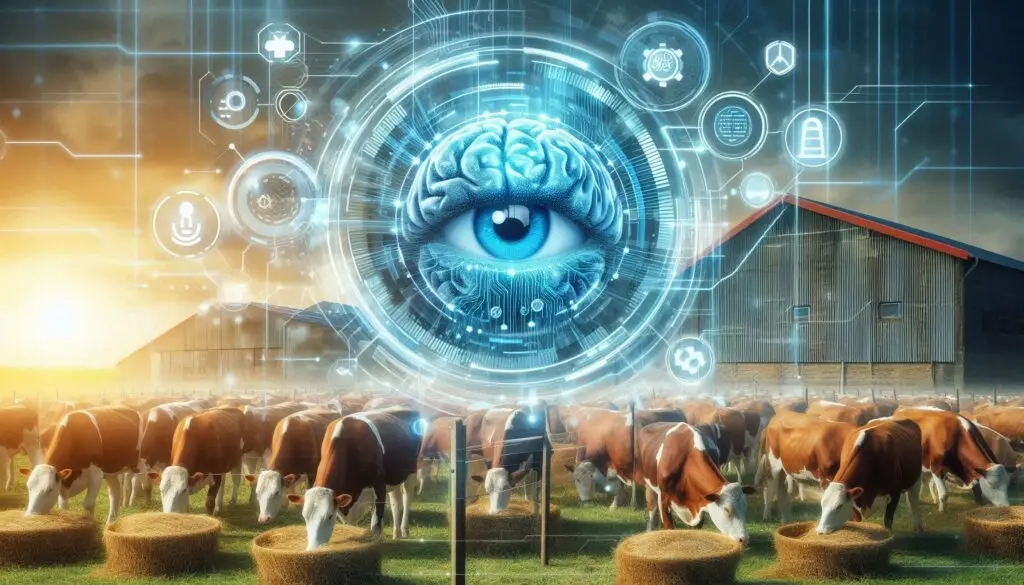
Introduction
Artificial Intelligence (AI) is reshaping various industries, and livestock farming is no exception. As the global population continues to grow, the demand for efficient food production increases. AI technologies are stepping in to meet these demands by enhancing productivity and ensuring animal welfare. This article explores the multifaceted role of AI in livestock farming, including its applications, benefits, challenges, and future prospects.
Understanding AI in Livestock Farming
What Is AI?
AI refers to the simulation of human intelligence processes by machines, particularly computer systems. These processes include learning (the acquisition of information), reasoning (using rules to reach approximate or definite conclusions), and self-correction. In livestock farming, AI applications range from monitoring animal health to optimizing feeding schedules.
The Rise of Precision Livestock Farming
Precision Livestock Farming (PLF) is an innovative approach that utilizes AI technologies to monitor and manage livestock more effectively. PLF integrates various technologies such as sensors, cameras, and data analytics to provide real-time insights into animal health and behavior. This approach allows farmers to make informed decisions that enhance productivity and animal welfare.
Applications of AI in Livestock Farming
1. Monitoring Animal Health
AI plays a crucial role in monitoring the health of livestock. Advanced algorithms analyze data collected from sensors and cameras to detect signs of illness or distress in animals. For instance, computer vision systems can identify abnormal movements or changes in feeding behavior that may indicate health issues. Early detection enables farmers to intervene promptly, reducing the risk of disease spread.
- External Link: For more on how AI monitors animal health, visit Nexocode which discusses various applications of smart farming technologies.
2. Feeding Optimization
AI can optimize feeding practices by analyzing individual animal needs based on their growth patterns and health status. Smart feeding systems use data analytics to determine the right amount of feed for each animal, reducing waste and ensuring optimal nutrition. This tailored approach not only enhances animal welfare but also improves overall farm efficiency.
- External Link: Learn more about feeding optimization through AI at Ambiq.
3. Animal Identification and Traceability
Unique identification systems powered by AI facilitate better tracking of livestock. Technologies such as RFID tags and facial recognition enable farmers to monitor individual animals effectively. This traceability is essential for managing health records and ensuring food safety throughout the supply chain.
4. Pasture Management
AI technologies can evaluate pasture conditions using computer vision systems. These systems assess factors like pasture quality and availability, helping farmers manage grazing practices more effectively. By ensuring that animals have access to high-quality pasture, farmers can improve overall herd health.
- External Link: Explore pasture management insights using AI at LabelGPT.
Benefits of Implementing AI in Livestock Farming
1. Increased Efficiency
AI technologies streamline operations by automating routine tasks such as monitoring animal behavior and managing feeding schedules. This automation saves time and reduces labor costs for farmers.
2. Enhanced Animal Welfare
Continuous monitoring through AI ensures that any signs of distress or illness are detected early. This proactive approach promotes better living conditions for livestock, leading to improved overall welfare.
3. Sustainability
AI contributes to sustainable farming practices by optimizing resource use such as feed and water while minimizing waste. By making data-driven decisions, farmers can reduce their environmental impact significantly.
Challenges Facing AI Adoption in Livestock Farming
1. Infrastructure Requirements
Implementing AI technologies requires significant investment in infrastructure such as data storage facilities and high-speed internet connections. Farmers must also ensure they have access to trained personnel who can operate these advanced systems.
2. Data Security Concerns
The collection of vast amounts of data raises concerns regarding privacy and security. Farmers must implement robust data management practices to protect sensitive information related to their livestock.
3. Accuracy of Sensors
The effectiveness of AI systems relies heavily on the accuracy of sensors used for monitoring livestock. Inaccurate data can lead to poor decision-making, impacting both animal welfare and farm productivity.
Future Prospects of AI in Livestock Farming
As technology advances, the role of AI in livestock farming will continue to expand. Future developments may include:
- Integration with IoT: The Internet of Things (IoT) will enhance data collection capabilities, allowing for even more precise monitoring of livestock.
- Machine Learning Enhancements: As machine learning algorithms improve, they will provide deeper insights into animal behavior and health trends.
- Automated Systems: Increased automation will reduce manual labor requirements, allowing farmers to focus on strategic decision-making rather than routine tasks.
Conclusion
AI is revolutionizing livestock farming by improving efficiency, enhancing animal welfare, and promoting sustainability. As farmers adopt these advanced technologies, they can meet the growing global demand for food while ensuring ethical treatment of animals.
More from Livestock Production and Management:
https://wiseias.com/opportunities-in-dairy-farming/

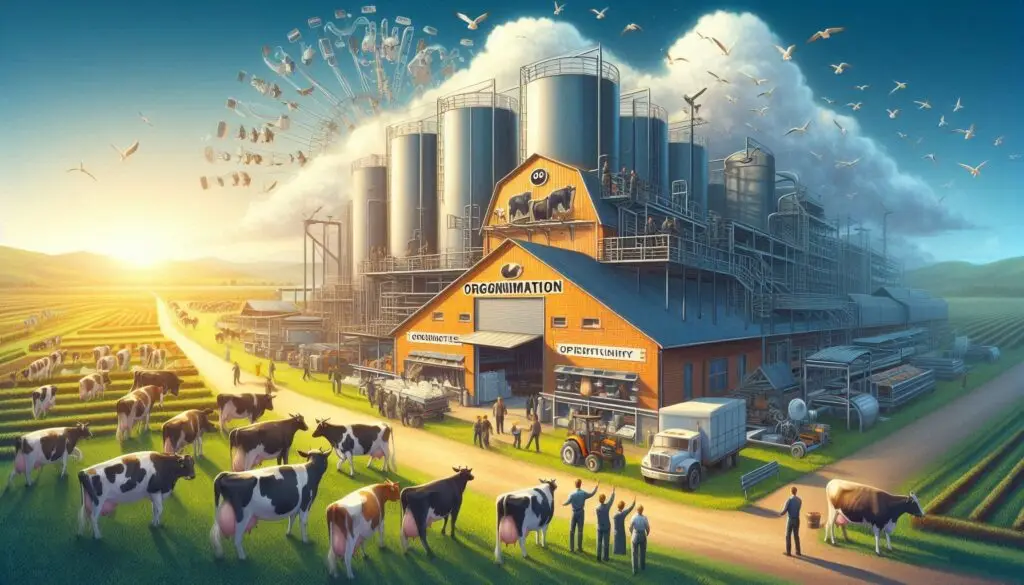
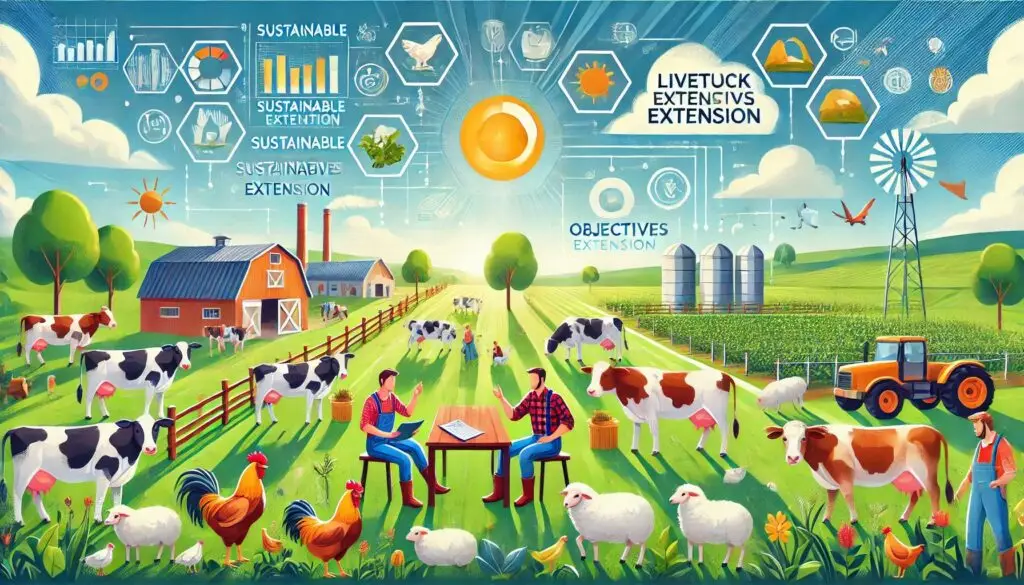

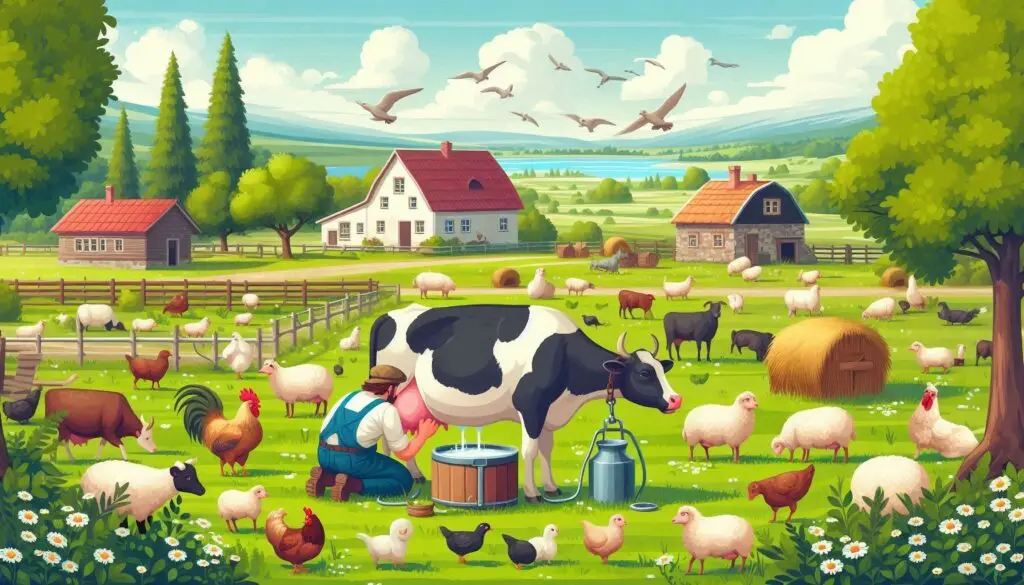
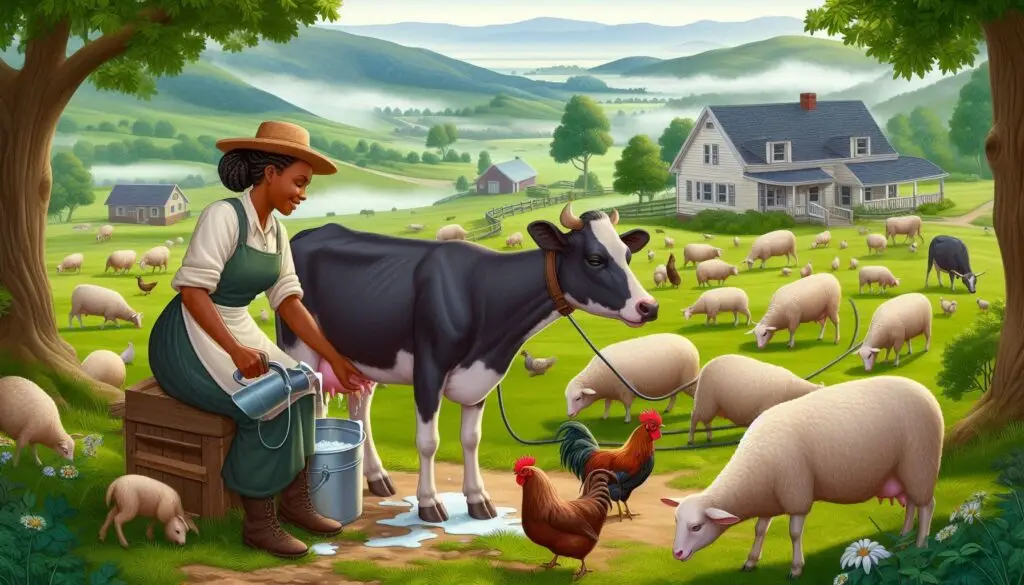
Responses